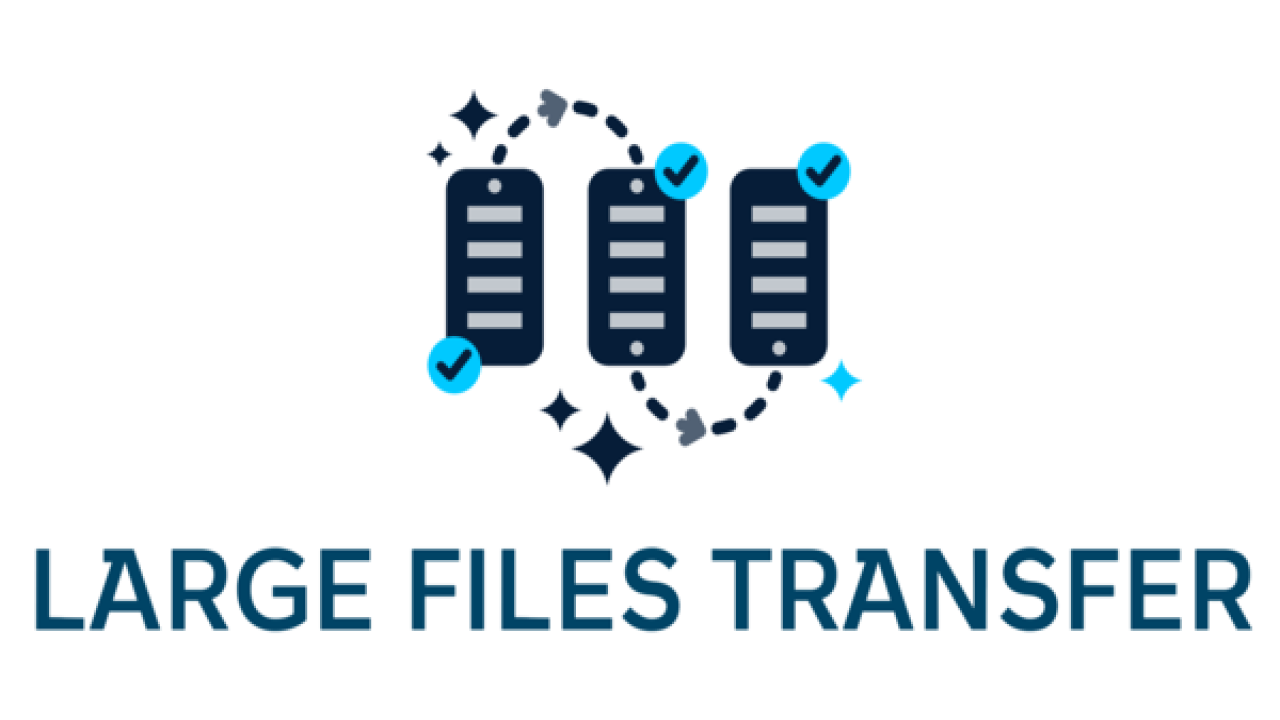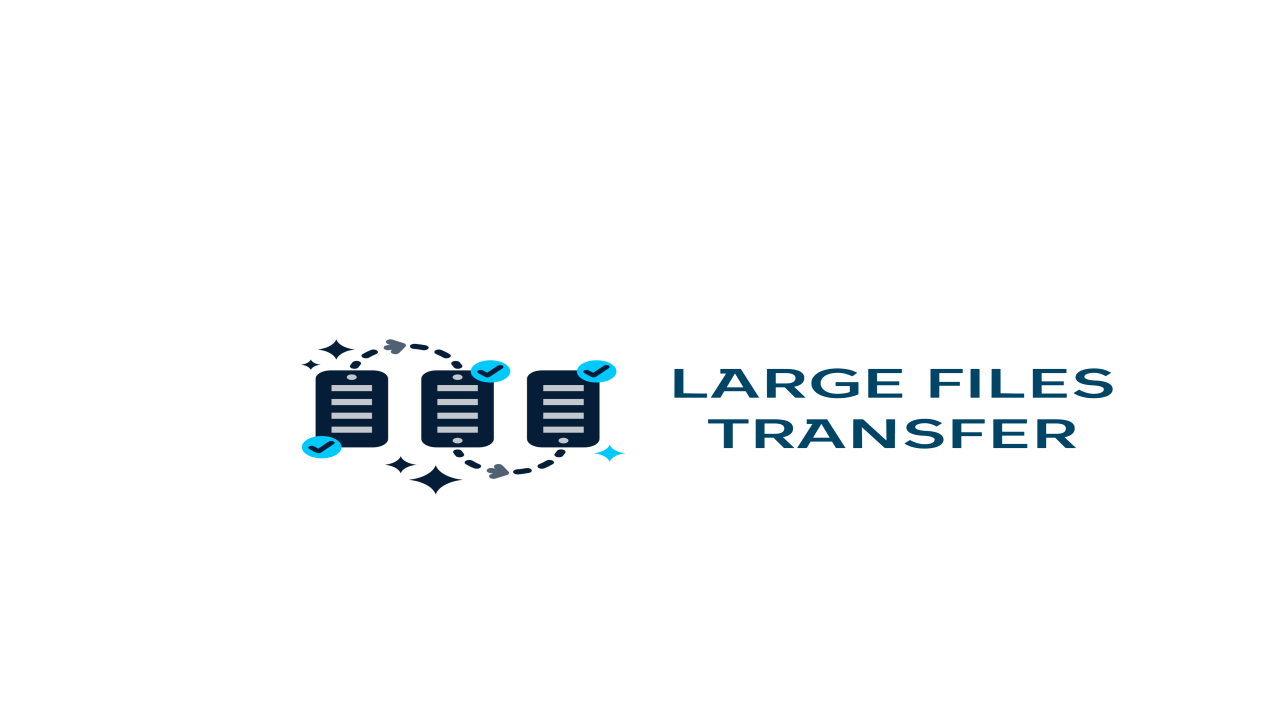Seamless Data Exchange: How to Transfer Files Between Email and File Transfer Services
In today's interconnected digital landscape, efficient data exchange is essential for seamless collaboration, productivity, and communication. While email remains a ubiquitous tool for sharing files, larger or sensitive files may require alternative methods to ensure security, reliability, and efficiency. File transfer services offer a robust solution for transferring large files securely, complementing the convenience of email. In this blog post, we'll explore best practices for transferring files between email and file transfer services, empowering you to navigate data exchange with ease and confidence.
1. Assess File Size and Sensitivity:
Before deciding on the transfer method, assess the size and sensitivity of the files you need to share. While email is suitable for small to medium-sized files, larger files or those containing sensitive information may require the security and reliability offered by file transfer services.
2. Email File Attachments:
For smaller files that fall within email attachment size limits (typically up to a few megabytes), email remains a convenient option for file transfer. Compose a new email, attach the file(s) you wish to share, and specify the recipient(s). However, be mindful of attachment size limits imposed by email providers to avoid issues with delivery failure or rejection.
3. Utilize File Transfer Services for Large Files:
When dealing with large files or files exceeding email attachment size limits, opt for file transfer services to ensure smooth and efficient data exchange. Popular file transfer services such as WeTransfer, Dropbox, Google Drive, or Microsoft OneDrive offer secure platforms for uploading, sharing, and downloading large files.
4. Upload Files to File Transfer Service:
To transfer files using a file transfer service, log in to your account or access the service's website. Upload the files you wish to share to the designated upload area or folder within the service. Some services allow you to create shareable links or specify recipient email addresses directly within the platform.
5. Share Links or Invite Recipients:
Once the files are uploaded, generate shareable links or invite recipients to access the files via email. File transfer services typically provide options for sharing files securely, such as generating unique download links with password protection or setting expiration dates for file access.
6. Notify Recipients via Email:
Compose a new email to notify recipients about the shared files and provide relevant details, such as the file transfer service used, instructions for accessing the files, and any additional information or context. Include the shareable link(s) or access instructions within the email for easy reference.
7. Ensure Data Security and Privacy:
Prioritize data security and privacy when transferring files between email and file transfer services. Choose file transfer services that employ encryption protocols to protect data during transit and storage. Additionally, consider enabling additional security features such as password protection or two-factor authentication to safeguard sensitive files.
8. Verify Successful Transfer:
After sharing files via email or file transfer services, verify that the recipients have successfully accessed the files and that no issues or errors occurred during the transfer process. Follow up with recipients if necessary to confirm receipt and address any concerns or questions they may have.
9. Organize and Archive Correspondence:
To maintain organizational efficiency, establish a system for organizing and archiving email correspondence and shared files. Create folders or labels within your email client to categorize incoming and outgoing emails related to file transfers. Similarly, utilize folder structures or tagging features within file transfer services to keep shared files organized and easily accessible.
10. Evaluate and Optimize Transfer Methods:
Regularly evaluate the effectiveness and efficiency of your file transfer methods and workflows. Solicit feedback from users to identify areas for improvement and optimize transfer processes accordingly. Consider factors such as transfer speed, reliability, security, and user experience when assessing transfer methods.
Conclusion:
Transferring files between email and file transfer services offers a flexible and efficient means of data exchange, catering to diverse file sizes and security requirements. By leveraging the convenience of email for smaller files and the security of file transfer services for larger or sensitive files, organizations can streamline data exchange processes while ensuring data integrity, confidentiality, and accessibility. Incorporate the best practices outlined above into your data transfer workflows to facilitate seamless collaboration, enhance productivity, and maintain data security in the digital age






Comments (0)